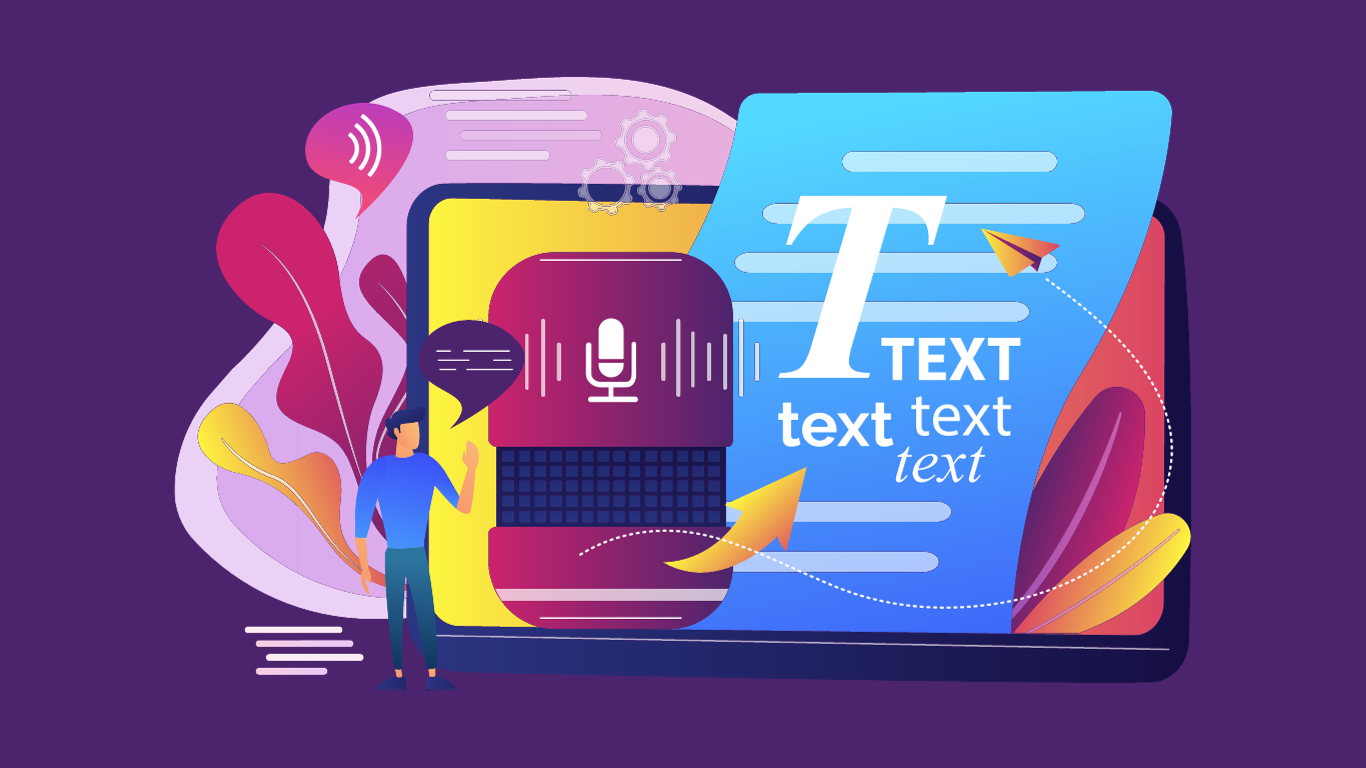ChatGPT 4, a variant of the GPT-3 language model developed by OpenAI, is a powerful tool for generating human-like text in a conversational style. While using the OpenAI API is a common way to access ChatGPT, you also have the option to install and run it locally on your machine. This article will guide you through the process of installing ChatGPT locally, allowing you to harness its capabilities without relying on an internet connection.
Prerequisites
Before proceeding with the installation, ensure that you have the following prerequisites:
- Python 3.7 or later: If you don’t have Python installed, you can download it from the official website (python.org).
- Installing ChatGPT as a Python package
To install ChatGPT locally as a Python package, follow these steps:
Step 1: Install the OpenAI API client
To interact with ChatGPT, you need to install the OpenAI API client. Open your command prompt or terminal and run the following command:
pip install openaiStep 2: Sign up for an API key
To access the OpenAI API, you need to sign up on the OpenAI website (openai.com) and obtain an API key. Follow the instructions provided to set up an account and get your API key.
Step 3: Install dependencies
ChatGPT relies on several Python libraries. Install the required dependencies by running the following command:
pip install requests numpy tqdmStep 4: Import ChatGPT and generate text
Once you have installed the necessary packages and obtained an API key, you can start using ChatGPT in your Python code. Here’s an example of how to generate text using ChatGPT:
import openai
openai.api_key = 'YOUR_API_KEY'
response = openai.Completion.create(
engine='text-davinci-003',
prompt='What is the meaning of life?',
max_tokens=100
)
print(response.choices[0].text.strip())Make sure to replace 'YOUR_API_KEY' with your actual API key obtained from the OpenAI website. Adjust the prompt and other parameters as needed.
Installing ChatGPT as an application
If you prefer to use ChatGPT as a standalone application, you can follow these installation instructions based on your operating system:
Windows:
- Download the ChatGPT installer package (ChatGPT_0.10.3_x64_en-US.msi).
- Run the installer and follow the on-screen instructions to install ChatGPT.
Mac:
- Download the ChatGPT installer package (ChatGPT_0.10.3_x64.dmg) or the .app installer (ChatGPT.app.tar.gz).
- Open the installer package and follow the installation steps provided.
Linux:
- Download the ChatGPT installer package for Linux, such as the .deb installer (chat-gpt_0.10.3_amd64.deb) or the .AppImage (chat-gpt_0.10.3_amd64.AppImage).
- Depending on the installer package, you can either run it directly or use package managers like AUR or Homebrew (refer to the specific instructions provided for each package).
Conclusion
Installing ChatGPT locally allows you to utilize its conversational text generation capabilities without relying on an internet connection. Whether you choose to use it as a Python package or as a standalone application, following the steps outlined in this article will help you get started with ChatGPT on your local machine. Explore its potential and integrate it into your projects to enhance natural language processing tasks.



